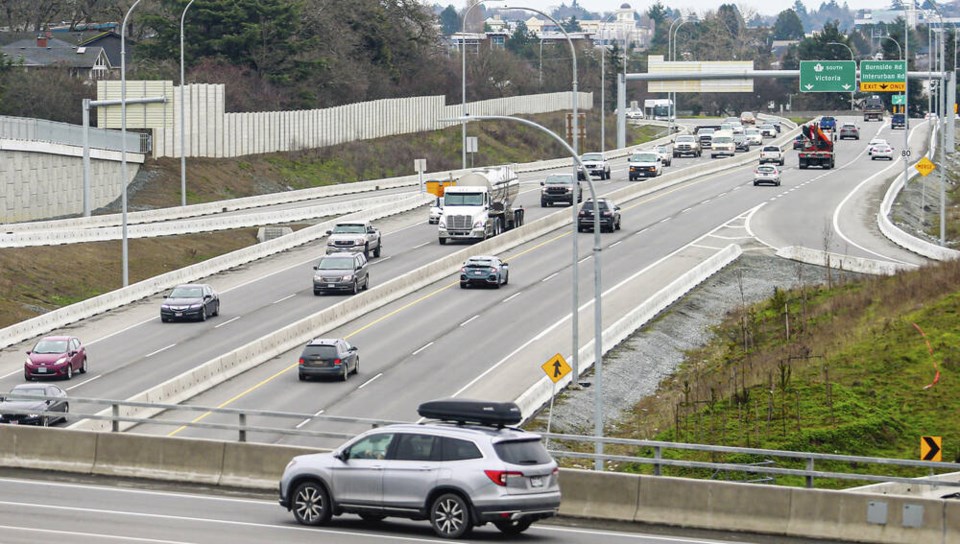Rapid population growth in Langford could make commuter rail between Victoria and Sooke a more viable option, says Langford Mayor Stew Young.
The E&N rail service between Victoria and Courtenay has been sidelined since 2011 because the track is in poor condition and would be expensive to fix, but Young says the growing municipality has been getting “a little bit of pressure” from the public and business community to relook at the corridor.
The fact that Langford’s population jumped by almost 32 per cent from 2016 to 2021 — to 46,584 from 35,342, according to newly released census data — could be what is needed to make train service work, Young said. “The train wasn’t viable with 25,000 people in Langford or 35,000, but not only is Langford growing, so is Colwood,” he said.
Colwood’s population grew to 18,961 in 2021 from 16,859 in 2016, an increase of 12 per cent.
Young pointed to Colwood’s $1.2-billion Royal Bay project and the seven or eight towers on the way in Langford as signs of continued growth. “So you’re going to see a downtown core,” he said, adding the core was designed around the E&N corridor.
Making the rail service work would require co-operation from all of the municipalities in the area, along with the First Nations, Young said.
The additional density in Langford’s core makes it more attractive to transit, which will be key to Langford’s transportation future and cut down on the number of personal vehicles being used, the mayor said.
“Most of the development that we’re going to have happen in Langford now is higher buildings in the downtown core.”
B.C. Transit senior planner Levi Megenbir said a previous Capital Regional District report that projected a 22 per cent population and employment increase for the West Shore between 2019 and 2028 has already helped in determining what needs to be done.
“B.C. Transit is very much aware of the rapid pace of both projected and actual growth that’s happening in the West Shore,” he said.
That’s one of the reasons B.C. Transit recently kicked off an update to the 2015 West Shore Local Area Transit Plan that is nearing completion, Megenbir said.
The main goal of the plan is to better align the transit network with areas of growth, he said. Work is already underway along the Island Highway corridor on queue-jumper lanes — which allow buses to bypass congestion at intersections — and dedicated transit lanes between the Six Mile area and the highway.
B.C. Transit also has a plan to establish “rapid bus” service between the West Shore and downtown Victoria in the next couple of years, featuring new vehicles travelling more frequently along expanded routes with enhanced amenities for passengers. The service would build on already established dedicated bus lanes along Douglas Street and the Trans-Canada Highway, with the goal of connecting areas with the highest travel demand.
In Saanich, where the 2016-2021 population increase was 3.1 per cent, efforts are underway to make the municipality less “autocentric,” said Mayor Fred Haynes, who noted an increasing number of people are buying e-bikes or bicycles in place of a second vehicle.
He said that where traffic congestion is an issue, there has been a push for bicycle paths and sidewalks to make cycling and walking more attractive. Making the bicycle paths suitable for all ages is important, Haynes said,
Haynes said bus travel is also priority. He said bus stops are being upgraded in some areas and Saanich is working with the Victoria Regional Transit Commission to make routes as convenient as possible.



